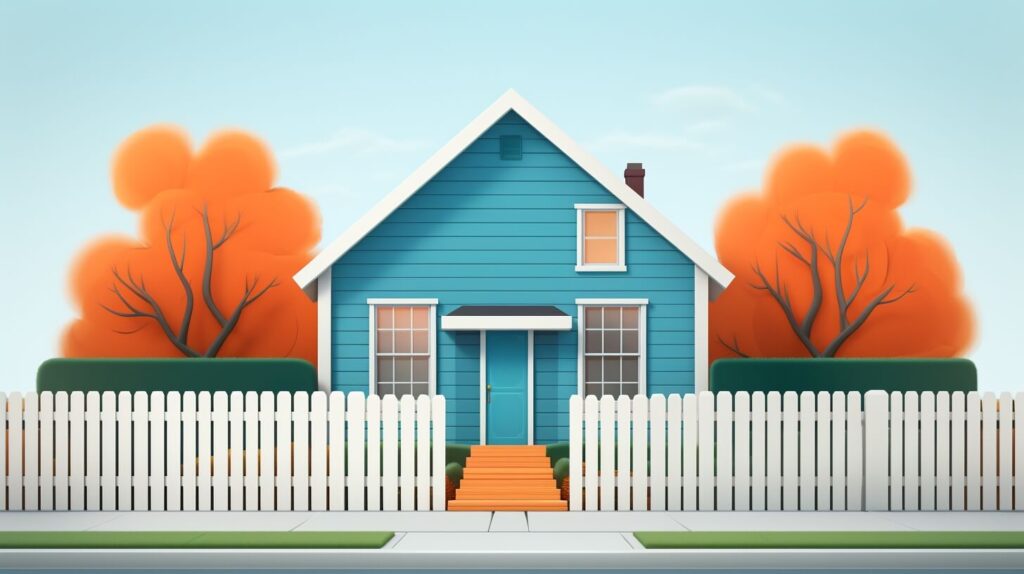
We are reader-supported. When you buy through links on our site, we may earn an affiliate commission.
Pennsylvania is one of the founding states of the United States of America. It borders Ohio, Delaware, Maryland, West Virginia, New York, New Jersey and even Canada. Philadelphia, a city on the eastern side of the state, was once the country’s hub, and it’s where the signing of the Declaration of Independence took place.
The rich history of Pennsylvania still makes it a charming state. It meshes both older and modern lifestyles. The Amish community thrives throughout the commonwealth, and the cities keep it bustling. Pennsylvania experiences all four seasons to the fullest, so if you like a change of scenery every few months, you’ll be sure to get it here.
There’s so much to do, see and learn when in Pennsylvania. From the two major cities of Philadelphia and Pittsburgh to the rolling hills and tree-covered rural regions in between, Pennsylvania has so much to offer. That’s why once people move to the state, they never want to leave.
What Is the Cost of Living?
When you pay for rent, groceries, utilities and any other expenses, you’re paying for your cost of living. The cost of living is whatever amount of money you need to cover basic living expenses. It won’t be the same in a city in California as it is in a small town in Ohio. It helps you determine how expensive it is to live in one place versus another.
The cost of living is directly related to wages people make. Expenses are generally greater in cities, which means salary levels need to be higher so people can afford to live there. The cost of living decreases in places where salaries are lower.
There is a good mixture of city and rural life in Pennsylvania, meaning you have options based on your wage. However, besides locations, other factors influence the cost of living. For example, your lifestyle can have a heavy influence. If your personal spending habits aren’t in check, then you’ll be shelling out a lot of money regardless of where you live.
One way to compare these expenses is through the cost of living index, which compares living costs in cities to other metropolitan areas. It considers the average costs of various living expenses and weighs them with others in multiple locations. This especially helps college graduates and others entering the workforce as they navigate a budget and living on their own for the first time. The index is based on a scale where 100 is the median value.
One of the significant advantages to Pennsylvania is its lower cost of living. People of various incomes are generally able to afford a life in this state. Below, you can find the average cost of living in Pennsylvania based on different categories if you’re considering moving here.
Home Values and Rental
Home values and apartment rent are below the national average cost. You could expect to pay about $155,500 for a house in Pennsylvania. If you want to rent an apartment, you will spend an average of $1,236. Apartment and home prices vary across the state. Living in a rural area will have you paying even less than those living in metropolitan regions.
Remember that if you purchase a home, you’ll need to factor in a down payment and pay for closing costs. There will also be utility and maintenance bills and property taxes that will contribute to your living cost. However, if you rent, you don’t need to worry about those and only pay the rental fee and utilities.
Average Household Income
The minimum wage in Pennsylvania is $7.25 per hour, which is lower than the national average. This is well below the poverty line, and a typical adult with zero children would need about $13.39 per hour to live comfortably in Pennsylvania. Many jobs provide a living wage, and if you’re out of college or are actively seeking work, you should be able to find a job that pays well almost anywhere in the state. The median household income is over $50,000.
Taxes
If you move to Pennsylvania, you’ll be surprised to know that the state has the lowest flat tax rate in the country of 3.07% for personal income taxes. For other items, like your groceries or clothing, the sales tax rate is 6%. Taxes contribute very little to your cost of living, and if you are a single adult, you’ll only be paying about $4,000 each year.
Transportation
Even though most factors in your cost of living in Pennsylvania are lower than the national average, transportation makes up for it. It ranks 104 on the cost of living index, which is slightly higher than the rest of the country. This includes expenses like gas, car insurance, maintenance and public transit fare. The cost of the vehicle and registration aren’t calculated into this since there are so many makes and models available.
Health Care
Pennsylvania is known to have some excellent health care facilities, including the Children’s Hospital of Philadelphia and the UPMC Presbyterian and Shadyside hospitals in Pittsburgh. Hospital and health care rates in the cost of living are based on an average price of a day in a hospital room, doctor’s office visits and dental checkups.
This is below the national average, and if you’re a healthy individual, it would cost you about $2,729. Health insurance is about $479 per person.
Groceries
Grocery expenses are about average in Pennsylvania compared to the rest of the country. The cost of food continues to rise, too, especially as a result of the pandemic. A single person spends about $4,000 on food and other groceries per year. Of course, depending on your diet and budget, that average can fluctuate.
Utilities
Electricity, heating and cooling, water, gas and other fuels all contribute to the cost of utilities in Pennsylvania. The state still relies on fossil fuels as a means of heating homes and providing electricity. Average prices are below the national standard, meaning you’ll pay less overall on utility bills. If you purchase a home, you’re responsible for all utilities. However, you may only be liable for some of them if you rent, depending on what your landlord includes.
School or Child Care
You’ll have to consider school and child care costs if you have children or are still in school yourself. Of course, if you don’t have any children, you won’t have to pay for child care. If you do have kids, it’ll cost you about an additional $8,000 for child care. If they attend public schools, you won’t have to pay for their education. The average private school costs $11,651 per year.
Miscellaneous
You’ll always have miscellaneous items that contribute to your cost of living. This might include subscriptions, entertainment, clothing, restaurants, amenities, unexpected expenses and others. Pennsylvania ranks right around the national average at 99 on the cost of living index, which is about $3,000 per year. If you don’t have many miscellaneous expenses, that number could be significantly lower for you.
Living in Cities vs. Rural Areas
There are pros and cons to living in either an urban or rural area in Pennsylvania. You’ll be closer to amenities if you live in a city. However, you’ll be paying more on average for your basic needs like groceries, housing and utilities. Those expenses will be less if you live in a rural area, but you’ll end up paying more for transportation to get where you need to go.
The least expensive place to live in Pennsylvania is in Elk County. There, you’ll pay around $92,200 for a home or just over $500 for rent. While the household income is lower, everything else is more affordable.
The most expensive place to live in Pennsylvania is in Philadelphia, which makes sense because it is a popular city where many people reside. Compared to the national average, Philly is 13.7% more expensive. Pittsburgh is the other well-known city in Pennsylvania, but it’s a bit more affordable than Philadelphia and is even lower in some ways compared to the rest of the state.
Overall Cost of Living in Pennsylvania
When added up, the overall average cost of living in the beautiful state of Pennsylvania is at 92.5 on the cost of living index. This means it’s less expensive overall than the average of the United States. Whether you choose to live in one of the bustling cities or move to a small town or rural neighborhood, you should be able to afford living there.
Budgeting your income is the best way to ensure you can afford to live anywhere. As long as your salary matches the income needed to live in a particular location, you should be able to live comfortably. Pennsylvania is a great location, and you have a lot of opportunities there.
Would You Live in Pennsylvania?
Now that you know how much it costs to live in Pennsylvania, would you choose to live there? It’s a great state full of natural scenery and rich history. Whether you prefer city life, suburban community or rural oasis, it has something in store for you.







